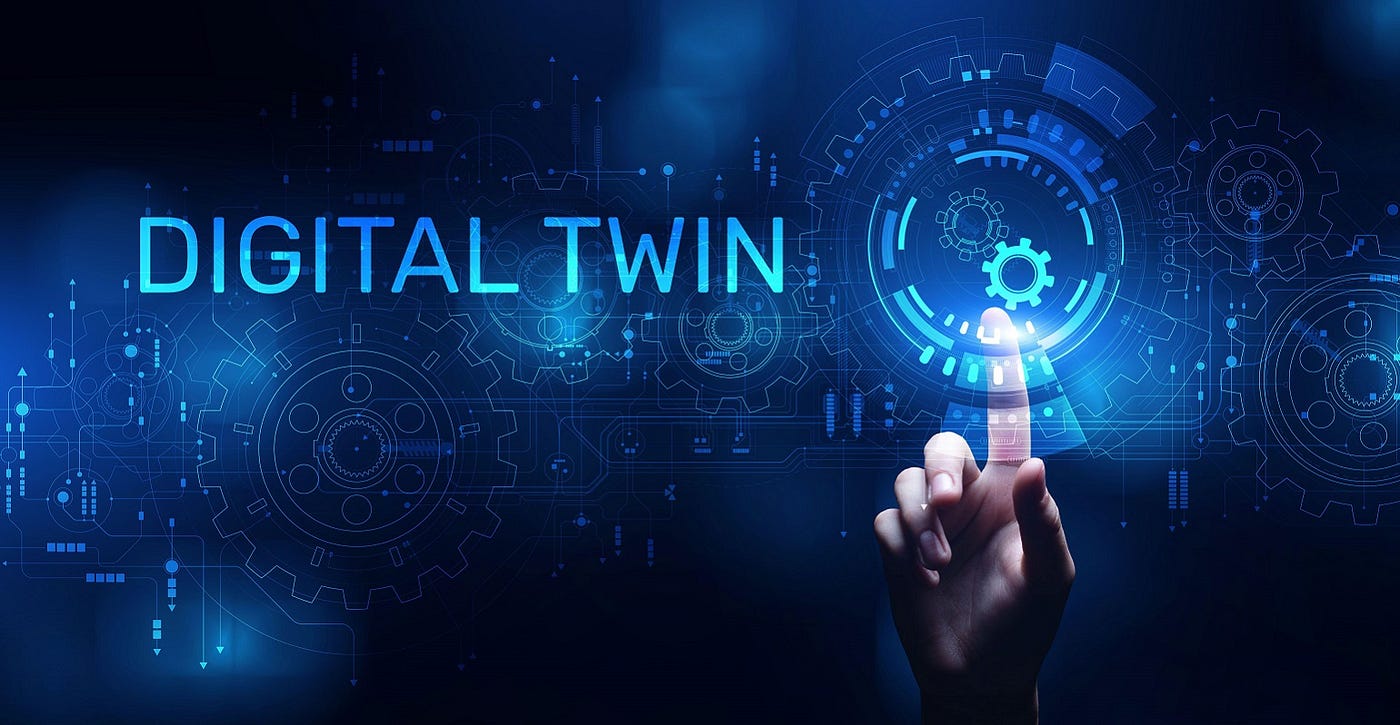Digital Twin and Virtual Twin technology can help enhance quality, efficiency, sustainability
The automobile industry followed a growth path mainly due to the standardization of manufacturing of vehicles and parts, which led to mass production at lower costs.
OEMs can now mass produce high-quality vehicles using improved technology at a much faster rate and get them to market faster than before. Many industry experts believe that data and new technologies could be the new oil.
The automobile industry has now become Industry 4.0. The Fourth Industrial Revolution (IR) refers to the era of connectivity, automation, advanced analytics, and advanced manufacturing technologies that have developed over the years.

Digital twin technology refers to the combination of virtual and physical worlds through technologies such as 3D simulation equipment, the Internet of Things, and others. It can help manufacturers enhance their production and make their products more convenient for consumers. For example, data-driven manufacturing is intensified through the concept of digital twin technology.
What is digital and virtual twin technology?
A digital twin is a representation of a physical object/person/process that is placed in a digital context of its environment. Digital twin technology is applied to simulate real situations and their outcomes, for a better understanding of the product.
Digital twin technology consists of three components: the physical material in the physical world, the virtual model, and the technological (connected) data that connects the physical and virtual worlds.
This technology is used in various sectors to improve work productivity and efficiency. Recent years have seen a shift in the automotive industry towards digital and virtual twins.
Virtual twin technology helps provide the model experience visually, thus creating a simulation of the entire environment. Helps facilitate sustainable business innovation throughout the product life cycle. This technology begins with designing a 3D model that represents the product's shape, structure, and characteristics. Simulations are then run on the virtual product to understand the behavior of the product when assembled and operated.
Application in the automotive industry
In the automotive industry, digital twin technology creates a virtual replica of the software, mechanics, and physical behavior of the entire product. This technology transmits performance, inspection, and sensor data in real-time. Service history, part replacement data, configuration dynamics, etc. are also noted.
This technology is used in several cases in the automobile industry, as it improves consumer behavior and helps the manufacturer understand different market demands.
Use cases:
Here are some use cases of digital technology in the automotive industry.
Product testing
Digital twin technology of a product helps in understanding its quality and performance in virtual mode. In virtual replication, the organization has the freedom to change the product dynamics (design, compounds, raw materials, performance, etc.). For example, a car's digital twin can be digitally tested and designed for different types of roads and can be modified accordingly.
Manufacturing Capability
To know the impact on the production of any new manufacturing machine, an organization can use digital twins to replicate the impact of new equipment on production. The simulation must take into account the organization's product characteristics, including materials, historical manufacturing data, etc. Replication can help provide information on how to increase production capacity after new equipment is used in the plant.
Predictive Maintenance Requirements
Through digital twin technology, simulated plant equipment, maintenance needs, and required conditions of production lines can be predicted. Digital twin technology needs to extract real-time data from IoT devices and sensors used in production capacity to detect faults and their causes.
Sales
This use is included in the future as buyers can provide opinions about the product before it enters the market. Through product digital twin (vehicle) technology, an organization can allow potential buyers to analyze the product and take notes on the feedback they provide. Potential buyers can understand the new features of the car, by checking out the design and comparing it with other models or with old models.
The company can get feedback from its customers about the 3D model of cars even before starting production of the car. This can reduce the cost of customer acquisition and can also increase the overall target market for the vehicle, as by using customer feedback, OEMs can improve its design, features, etc. It can also correct its defects (if any).
Benefits:
The benefits of using digital twin technology in the automotive industry are as follows:
Data
Integrates data from performance charts, historical models, and other sources that help the manufacturer evaluate information and provide data in virtual mode.
Verification process
Digital twin technologies can provide a fast and reliable way to verify designs through their quality and compatibility. This technology can help effectively improve the design by obtaining the necessary data to simulate and execute the entire product verification process.
Detecting failures
By collecting data, you can help detect failures during equipment downtime and work from information available in the past. Help the company take the necessary measures to prevent machinery breakdown on a large scale or over a longer period.
Another example of use could be showing a virtual prototype to customers and working on the defects they mentioned. The process of working out and improving defects not only makes you more accurate in the market but can also improve sales.
Challenges of Digital Twin Technology
In the automotive industry, a large amount of data is collected in different stages of manufacturing the product, which requires proper assembly which can make the product cost-effective and improve the quality. However, according to a report by AIMutiple, a technology industry analyst, the company uses only about 12% of the massive amount of data.
The automotive industry is moving towards net zero and sustainability. This can be done using digital twin technology to make it more reliable and faster. Digital and virtual twin technology is a useful asset that has not been fully utilized by major automotive companies.
Also Read: Mahindra Last Mile Mobility sells 40,000 E3Ws in 8 months of FY24